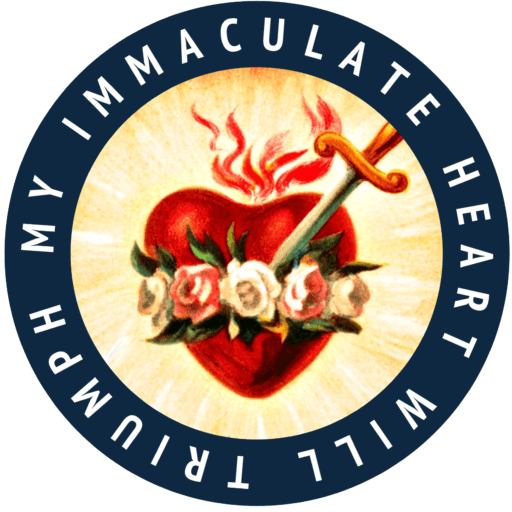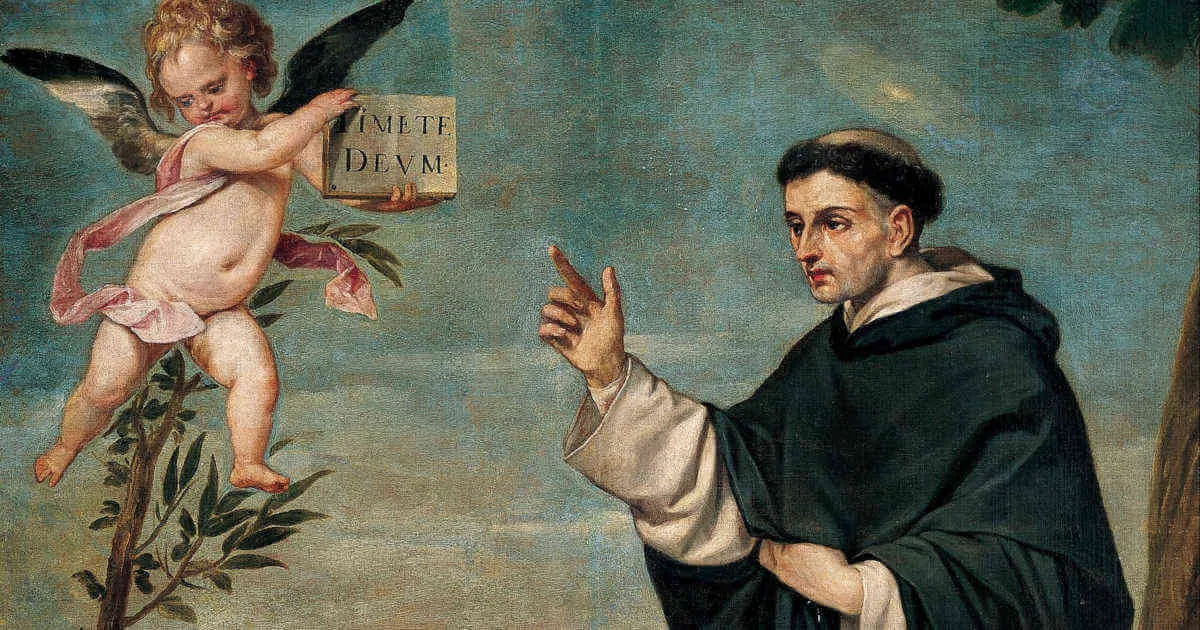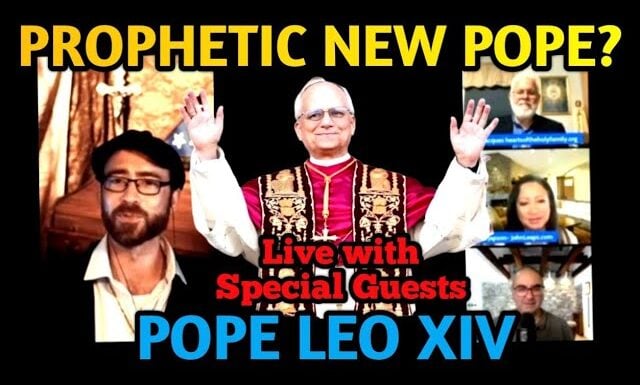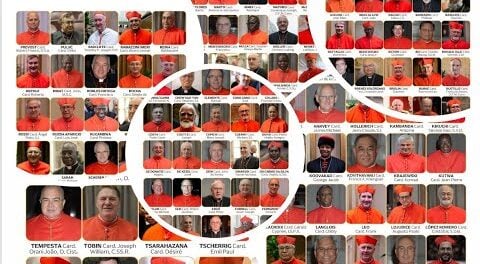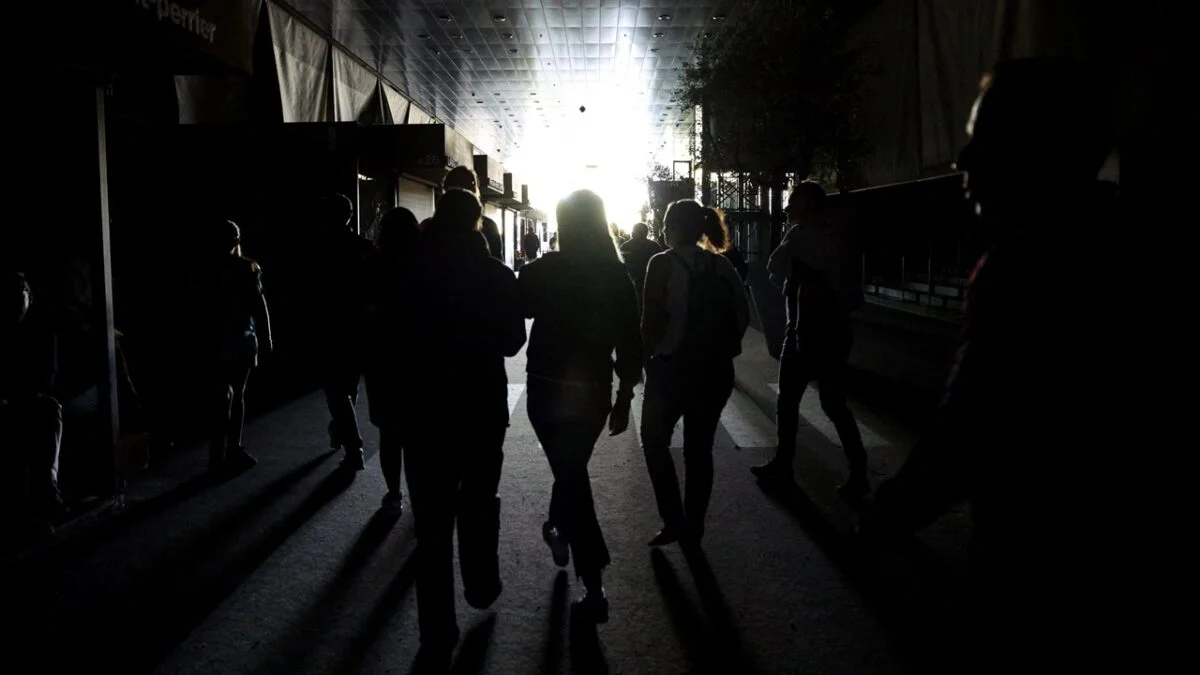
Author: Mother & Refuge
-
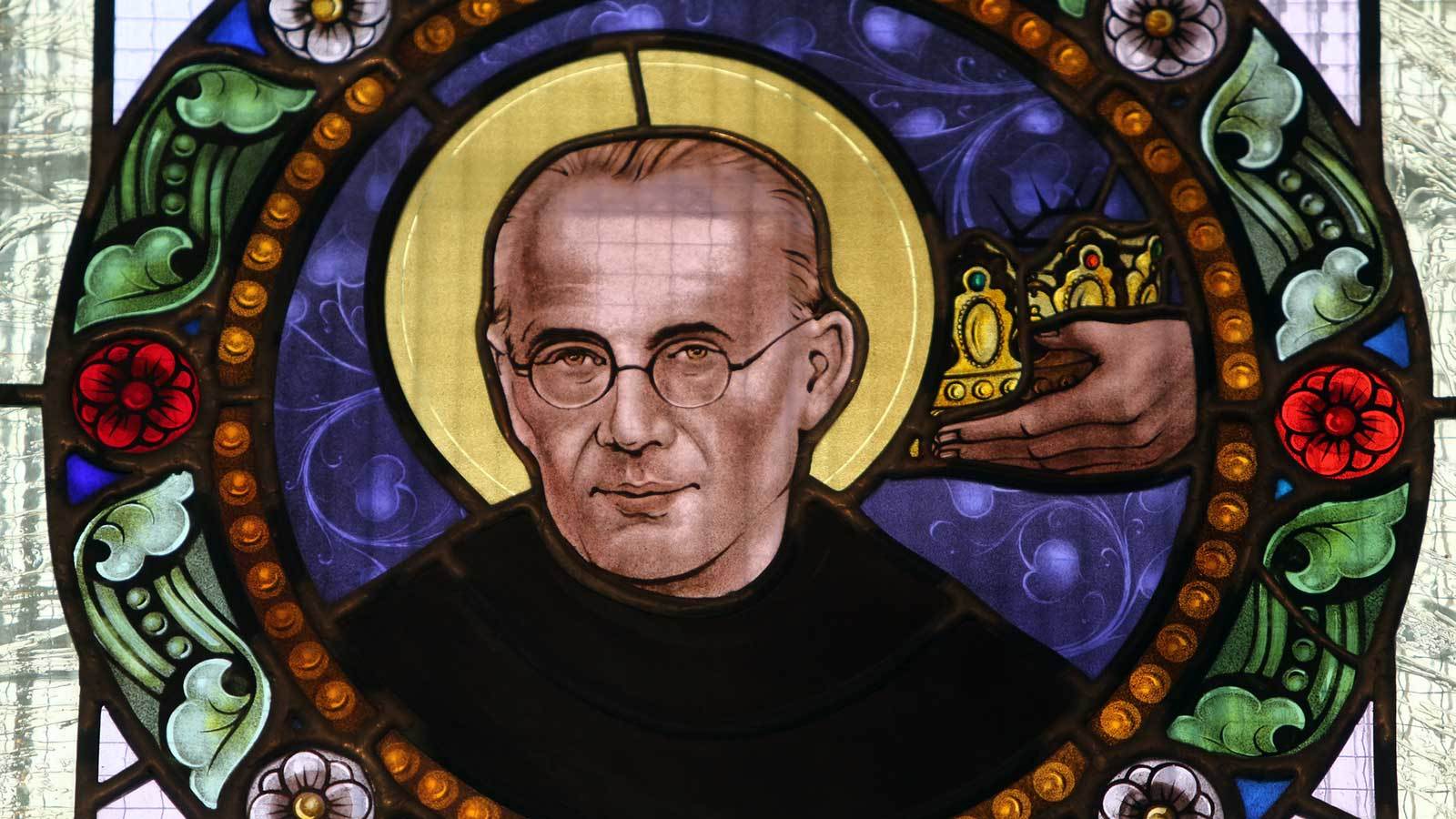
St. Maximilian Kolbe’s weapon for evangelization: the Miraculous Medal
Read More: St. Maximilian Kolbe’s weapon for evangelization: the Miraculous MedalAs World War II raged around him in Poland, St. Maximilian Kolbe fought for souls using a printing press and another “weapon” — the Miraculous Medal. “Even though a person be the worst sort, if only he agrees to wear the medal, give it to him … and then pray for him, and at the…
-
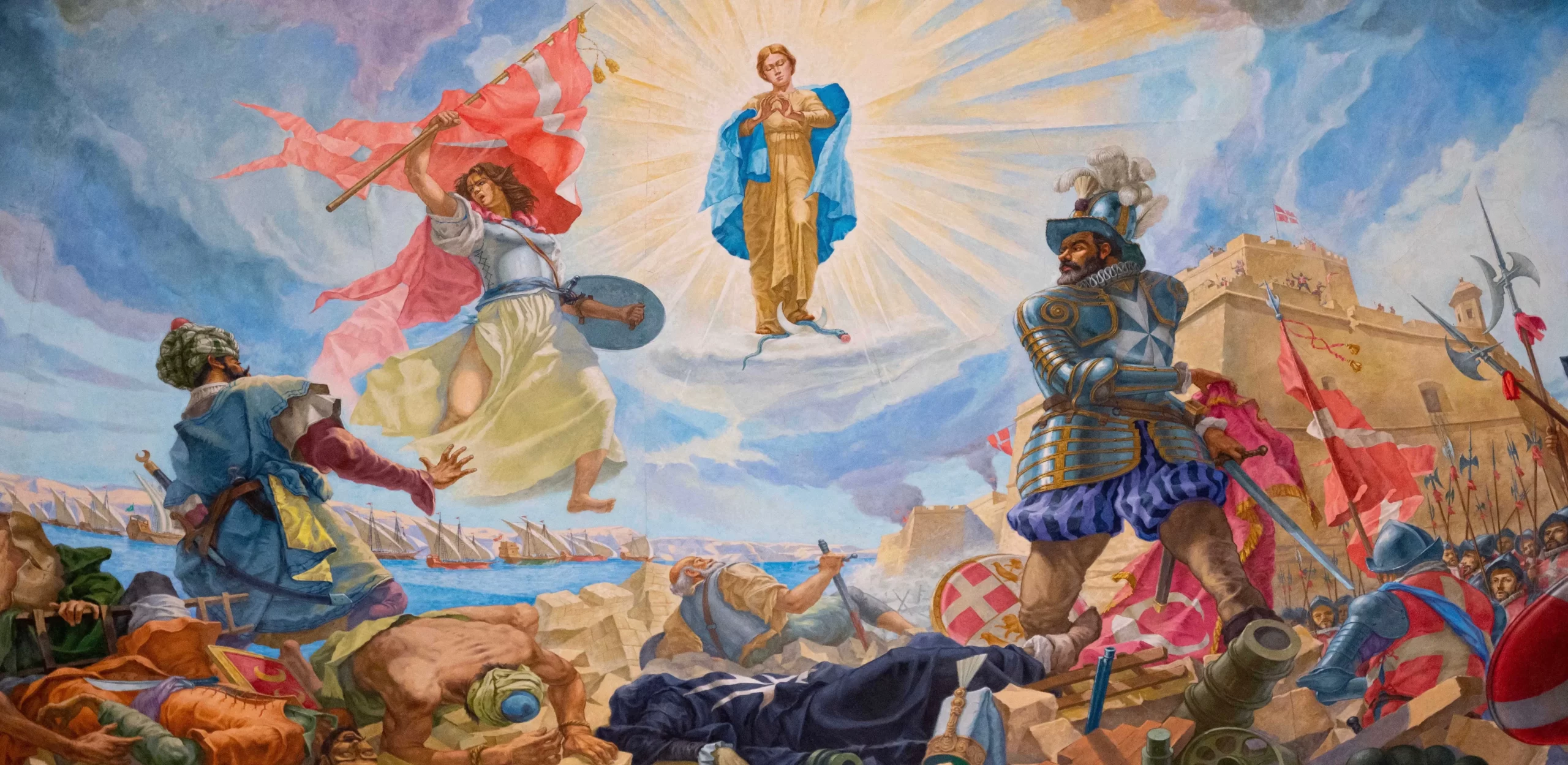
Miracles in Malta: Grace Through Mary’s Intercession!
Read More: Miracles in Malta: Grace Through Mary’s Intercession!he Maltese Archipelago is renowned for its picturesque coastline, exceptional diving spots, and vibrant festas. It also holds a deep and ancient devotion to the Virgin Mary, manifested in several Marian shrines popularly and officially recognized as being miraculous. The rich history and significance of these shrines, and the numerous Marian miraculous events and icons found in this…
-

This was Mother Teresa’s final letter before she died!
Read More: This was Mother Teresa’s final letter before she died!Mother Teresa died on September 5, 1997, and was highly regarded for her generosity and love of the “poorest of the poor.” Her ministry was very difficult and it was only through her deep love of Jesus that she was able to stay close to him for many decades. When the Catholic Church canonized…
-
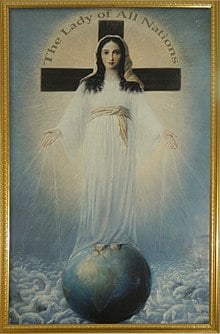
READ NOW! The Prophecies Of Amsterdam |Lady of All Nations
Read More: READ NOW! The Prophecies Of Amsterdam |Lady of All NationsThe Vatican’s Dicastery for the Doctrine of the Faith recently addressed ongoing questions about alleged apparitions and messages from 1945-1959 in Amsterdam, known as the devotion to the “Lady of All Nations.” A decision made on March 27, 1974, by the Sacred Congregation (now the Dicastery), was revealed. At that time, the cardinals unanimously judged…
-

SAVE THE POST! Daily Prayer to Mary for the Nation Before the November 5 US Presidential Election
Read More: SAVE THE POST! Daily Prayer to Mary for the Nation Before the November 5 US Presidential ElectionO Most Blessed Virgin Mary, Mother of Mercy, at this most critical time, we entrust the United States of America to your loving care. Most Holy Mother, we beg you to reclaim this land for the glory of your Son. Overwhelmed with the burden of the sins of our nation, we cry to you from…
-
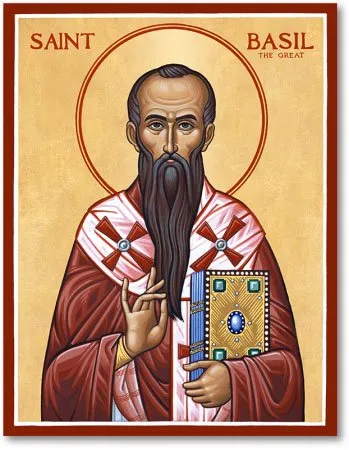
St. Basil’s Powerful Prayer at the ninth hour
Read More: St. Basil’s Powerful Prayer at the ninth hourO Master and Lord, Jesus Christ our God, who art longsuffering towards our faults and hast brought us even unto this present hour, in which, hanging upon the life-giving Cross, Thou hast opened unto the good thief the way into Paradise, and destroyed death by death: Be merciful to us, Thy humble and sinful and…
-
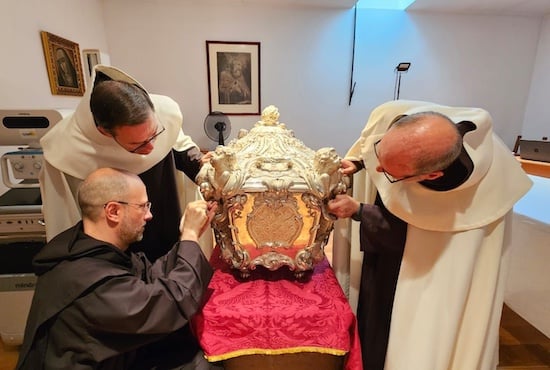
Teresa of Avila’s tomb opened! (Photos & Video)
Read More: Teresa of Avila’s tomb opened! (Photos & Video)A team of researchers will spend the next four days studying the body of St. Teresa of Avila, after her tomb was opened this August 28. The doctor of the Church rests in the town where she died, in northwestern Spain, Alba de Tormes. Teresa died in 1582 and in the following centuries, there was…
-
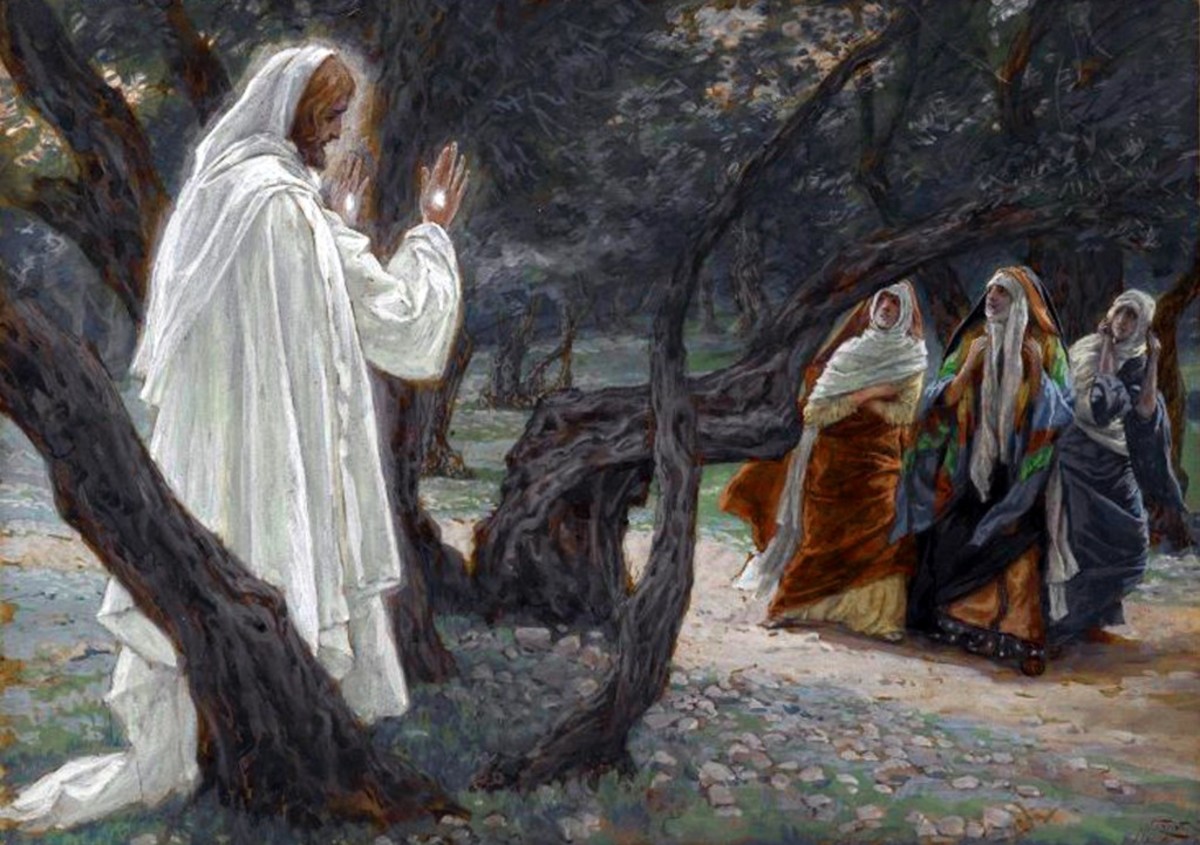
Faith Beyond Facts: 5 Catholic Miracles That Science Can’t Explain
Read More: Faith Beyond Facts: 5 Catholic Miracles That Science Can’t Explain1. The Miracle of the Sun at FatimaIn 1917, over 100,000 people witnessed the sun dancing in the sky of Fatima, Portugal. “The sun started spinning like a pinwheel, casting multi-colored lights all over the place.” Skeptics and faithful were left stunned, says Scheel. It is one of the most documented and extraordinary miracles in…
Search
Popular Posts
-
🙏 A New Chapter Begins: Supporting Pope Leo XIV with Prayer and Hope | W/ Daniel O’Connor
“Give the new pope a break and support him with your prayers.”–…
-
Possible Candidates for The Next Pope!
Some Candidates for the New Papacy Today we will share with you…
Categories
Archives
Tags
#Miracles (102) 2023 (4) 2024 (4) approved miracles (2) catholic (141) catholic blog (375) catholic meditations (7) catholic miracles (371) catholic motivation (2) catholic news (371) catholic prayers (4) CatholicSeers (359) catholic vlog (375) catholic websites (6) Eucharistic miracle (2) fr jim blount (3) GisellaCardia (11) hamas (3) imitation of christ (2) Israel (4) israel live (5) Israel news (9) jesus (3) jesus christ (4) Latest messages (11) lent 2023 (10) lent 2024 (4) lent homily (2) lent retreat (4) lent retreat 2023 (3) Lourdes (2) messages from god (6) MessagesFromHeaven (364) miracles of catholic church (2) mother and refuge (2) ourlady (325) OurLadyApparitions (22) our lady of lourdes (2) Pope (2) POPE francis (3) pope francis news (2) prayers (3) real miracles (356) sacred heart of jesus (2) The Miracles of Lourdes (2)
